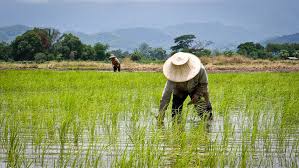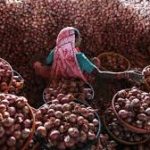A recent report unveiled the significant threat posed by Rice Vampireweed (Rhamphicarpa fistulosa) to rice production in Africa. Researchers Jonne Rodenburg and Lammert Bastiaans conducted a thorough review of literature, spanning from the last analysis in 2014, to provide insights into the progress of research on R. fistulosa. Their findings, published in Crop Protection in July 2024, shed light on the concerning impact of this parasitic weed.
R. fistulosa, a facultative parasite, has been identified in over 35 African countries, particularly prevalent in rainfed lowland rice areas found in 28 of these nations. The parasite’s infestation has affected an estimated 140,000 farm households across an estimated 225,000 hectares of land. Notably, the worst-hit countries in terms of production losses include Nigeria, Mali, Guinea, Tanzania, and Madagascar.
The economic ramifications are substantial, with an estimated loss of 204,000 tonnes of milled rice grain annually, amounting to $82 million in economic losses across Africa. Alarmingly, the infestation area is projected to increase by 2% annually, with a corresponding rise in economic impact by $12 million per year.
While the impact figures are currently available for rice, R. fistulosa also poses a threat to sorghum, maize, and potentially other cereal crops. Although its infestation in other crops is less common, the overall economic losses inflicted by this parasitic weed could be even higher.
Efforts to mitigate the impact of R. fistulosa include early sowing, which has shown to decrease infection rates, as well as the identification of resistant and high-yielding rice cultivars such as NERICA-L-40 and -31. These cultivars, known as New Rice for Africa (NERICA), are a successful result of crossing the two cultivated species: Oryza sativa and Oryza glaberrima, adapted for rainfed or irrigated environments.
This research underscores the urgent need for effective control measures against parasitic weeds, which have become common constraints in rainfed cereal production systems across sub-Saharan Africa.





